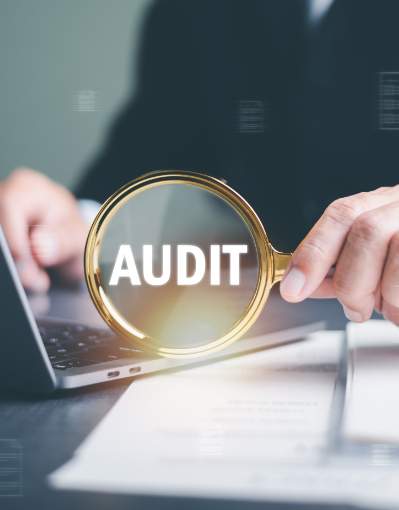Why are regulatory or clinical strategies required?
Regulatory strategy
Regulatory strategies are essential for medical device manufacturers to ensure compliance with global standards and regulations, facilitating market entry and avoiding legal pitfalls. These strategies encompass device qualification and classification, which determine the applicable regulatory requirements based on the device’s intended use and risk profile. Navigating regulatory pathways is crucial as it involves selecting the appropriate approval route, such as CE marking in Europe or FDA clearance/approval in the United States. Without a well-defined regulatory strategy, manufacturers risk delays in product launches, non-compliance penalties, and potential recalls. Furthermore, regulatory strategies help in identifying the necessary documentation and testing required to demonstrate device safety and efficacy. This structured approach not only ensures regulatory compliance but also builds credibility with regulatory bodies and healthcare providers. By systematically addressing these requirements, manufacturers can streamline the approval process, reduce time to market, and enhance their competitive edge. In essence, robust regulatory strategies are the backbone of successful medical device commercialization, safeguarding both the manufacturer’s interests and public health.
Clinical strategy
Clinical strategies are vital for demonstrating the safety and efficacy of medical devices, which is a prerequisite for regulatory approval. These strategies involve assessing the level of sufficient clinical evidence, the need for equivalent devices or clinical investigations, and evaluating whether preclinical data, such as bench testing, may be considered sufficient clinical evidence. Adequate clinical data supports the device’s intended use, safety, and performance, thereby instilling confidence among regulatory bodies, healthcare professionals, and patients. Utilizing equivalent devices can streamline the evidence-gathering process, leveraging existing data to address gaps in the subject device’s evidence. Depending on parameters such as claimed performance or device classification, clinical investigations may be necessary to confirm the device’s safety and performance in patients. Alternatively, when the device’s technical nature and patient interactions are considered, along with claims, risk management outputs, preclinical data may be deemed sufficient. These strategies not only fulfill regulatory requirements but also contribute to post-market surveillance and continuous improvement of the device. By meticulously planning and executing clinical strategies, manufacturers can mitigate risks, enhance patient safety, and ensure the successful introduction of innovative medical devices to the market.
Notified Body selection
In our current situation with a low capacity of Notified Bodies, selecting the most appropriate notified body is a strategic decision that affects the project timeline and time-to-market, associated with costs. Expert support helps make an informed choice, ensuring the notified body’s expertise aligns with the specific requirements of the medical device and establishes fair and sustainable communication.













